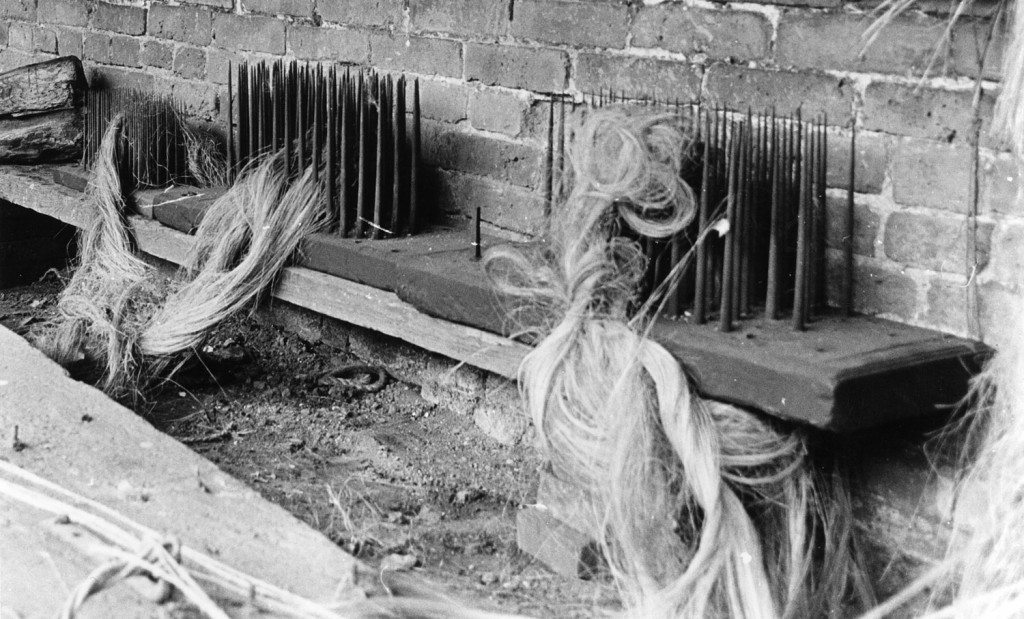Rope Making: Dressing or Hackling
Image: Part of a display at Bewdley Museum showing “hackles” and hemp fibre from Lowe’s ropeworks. Hackling or dressing cleaned the fibres before they were turned into yarn. Towards the left is a wooden top used to separate yarn during twisting (see below).
[Image from: Bewdley Museum]
The first stage of the manufacturing process involved separating the fibres from the plant. The crop was harvested, soaked in water to rot away the core of pithy material and then beaten to remove the fibre from the stalk. This aspect of the production process was conducted close to where hemp was grown and there is no evidence it was conducted in Bewdley. Instead, the town received raw fibres by river or road. Rope making in the town was a manufacturing process, transforming fibres into a useable product.
The fibres arrived at Lowe’s in bales and were broken into manageable lengths. They were pulled through hackles or a hackling board – a wooden base with iron spikes, which acted like a giant comb to clean the fibres and make sure that they ran in the same direction. Grease or linseed oil was used to speed the process. The gauge of hackles varied from coarse to fine. Different types or cordage required different grades of fibre. Hackling was similar to the carding process in the woollen industry.
« Previous in this sectionNext in this section »Continue browsing this section
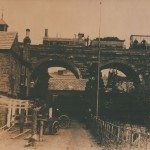 Rope Making
Rope Making
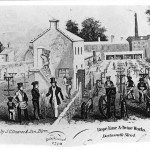 Rope Making and Bewdley
Rope Making and Bewdley
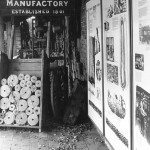 Lowe’s Rope and Twine Manufactory
Lowe’s Rope and Twine Manufactory
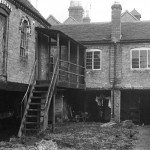 Lowe’s Rope and Twine Manufactory
Lowe’s Rope and Twine Manufactory
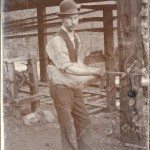 Work and Labour
Work and Labour
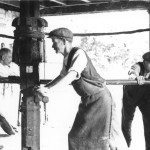 Work and Labour
Work and Labour
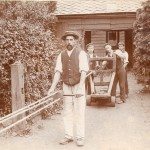 Products and Markets
Products and Markets
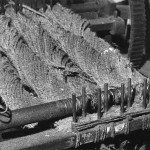 Products and Markets
Products and Markets
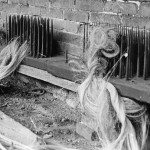 Rope Making: Dressing or Hackling
Rope Making: Dressing or Hackling
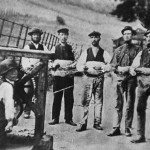 Rope Making: Spinning
Rope Making: Spinning
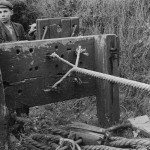 Rope Making: Laying the Rope
Rope Making: Laying the Rope
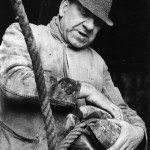 Rope Making: Inserting the Tops
Rope Making: Inserting the Tops
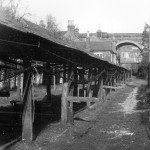 Rope Making: Stretching
Rope Making: Stretching
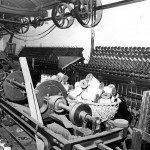 Rope: Making: Mechanisation
Rope: Making: Mechanisation
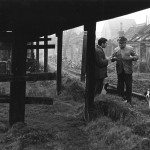 The Decline of Rope Making
The Decline of Rope Making



